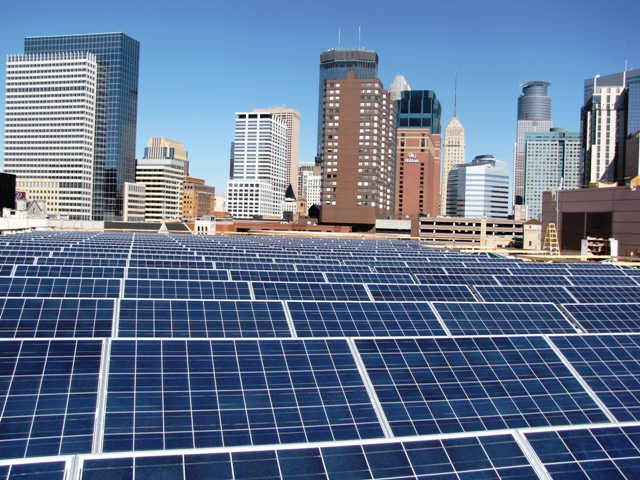Making lots of renewable energy equipment doesn’t boost pollution
Ars Technica » Scientific Method 2014-10-08
While the use of renewable energy is booming, the boom started from a very low point. We're only now reaching the stage where renewable power is providing a substantial fraction of the energy used in some developed economies. Pushing things further and faster would require a lot of resources as, per unit of electricity produced, renewable power equipment takes more material than fossil fuel plants. Plus, at least initially, a lot of the manufacturing will be powered by fossil fuel plants.
How does all this balance out? An international team of researchers has looked at the material demands and pollution that would result from a push to get the globe to 40 percent renewables by the middle of the century. The analysis finds that despite the increased materials and energy demands, a push like this would result in a dramatic reduction in pollution. And for the most part, the material demands could be met, with the possible exception of copper.
The work involved what's called a life cycle analysis, which tracks the material and energy demands of items from the production of the raw materials through to obsolescence and recycling. Normally, these studies are done with static assumptions; take the life cycle of copper in 2011, for example, and use that figure for the entire analysis. In this case, however, being able to shift values over the course of the study period was essential. For example, as more renewable energy is produced, the pollution associated with producing new equipment will go down, as less of it will be provided by fossil fuels. Meanwhile, demand for raw materials could shift mining to sources that result in higher environmental damage.
Read 9 remaining paragraphs | Comments
